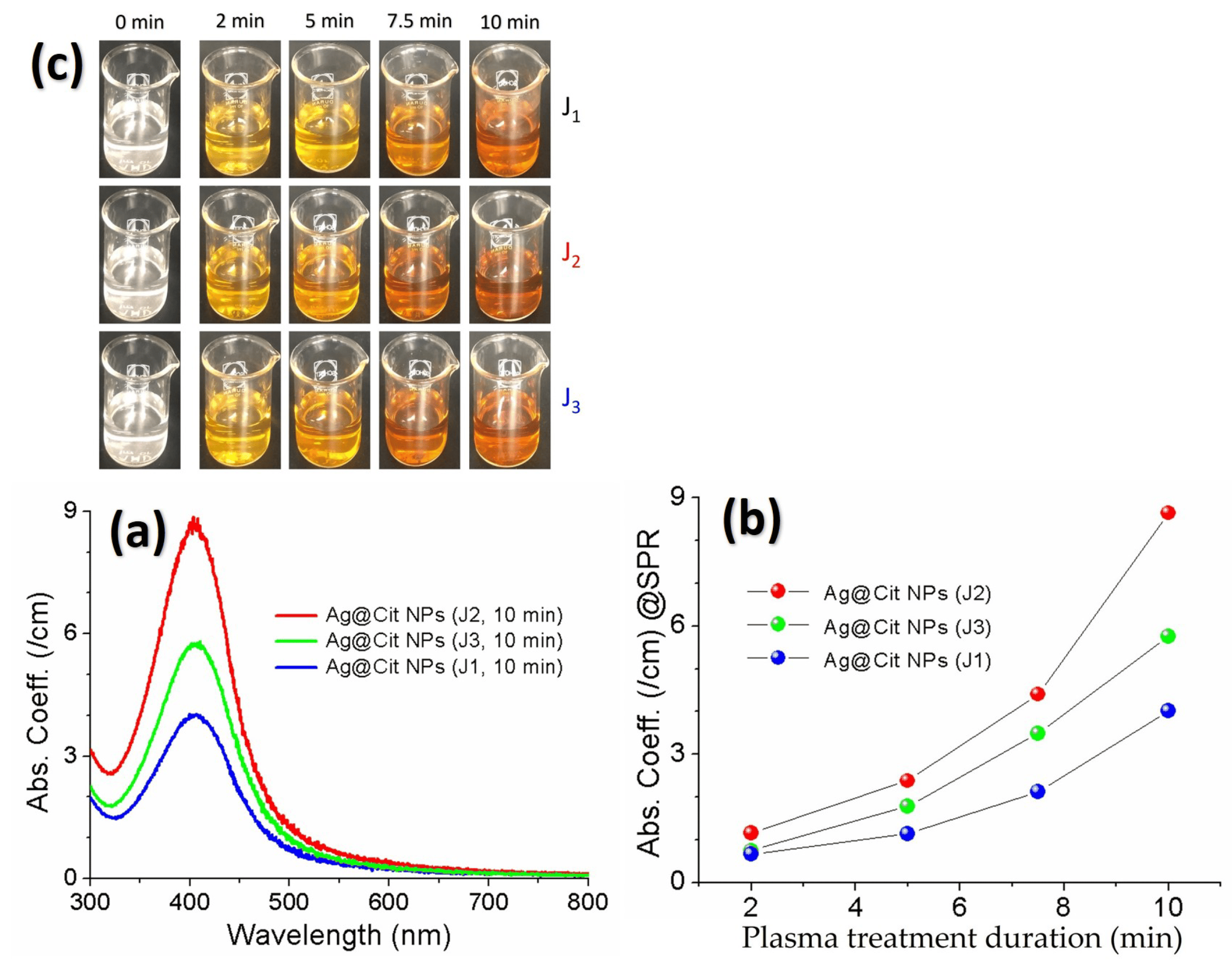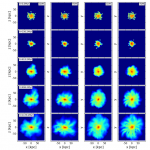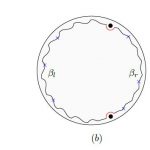Elizaveta Demishkevich, Andrey Zyubin, Alexey Seteikin, Ilia Samusev, Inkyu Park, Chang Kwon Hwangbo, Eun Ha Choi and Geon Joon Lee
Materials, Volume 16, April 2023
Abstract
The purpose of this paper is to provide an in-depth review of plasmonic metal nanoparticles made from rhodium, platinum, gold, or silver. We describe fundamental concepts, synthesis methods, and optical sensing applications of these nanoparticles. Plasmonic metal nanoparticles have received a lot of interest due to various applications, such as optical sensors, single-molecule detection, single-cell detection, pathogen detection, environmental contaminant monitoring, cancer diagnostics, biomedicine, and food and health safety monitoring. They provide a promising platform for highly sensitive detection of various analytes. Due to strongly localized optical fields in the hot-spot region near metal nanoparticles, they have the potential for plasmon-enhanced optical sensing applications, including metal-enhanced fluorescence (MEF), surface-enhanced Raman scattering (SERS), and biomedical imaging. We explain the plasmonic enhancement through electromagnetic theory and confirm it with finite-difference time-domain numerical simulations. Moreover, we examine how the localized surface plasmon resonance effects of gold and silver nanoparticles have been utilized for the detection and biosensing of various analytes. Specifically, we discuss the syntheses and applications of rhodium and platinum nanoparticles for the UV plasmonics such as UV-MEF and UV-SERS. Finally, we provide an overview of chemical, physical, and green methods for synthesizing these nanoparticles. We hope that this paper will promote further interest in the optical sensing applications of plasmonic metal nanoparticles in the UV and visible ranges.



